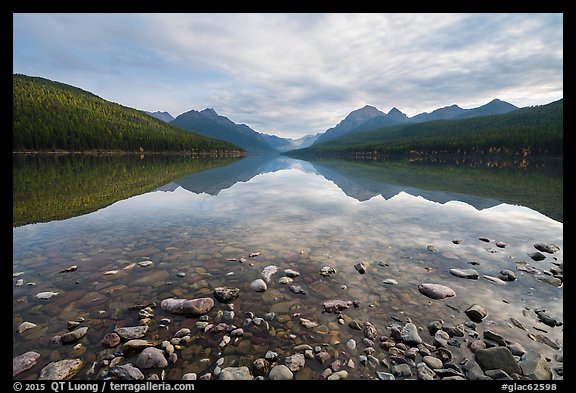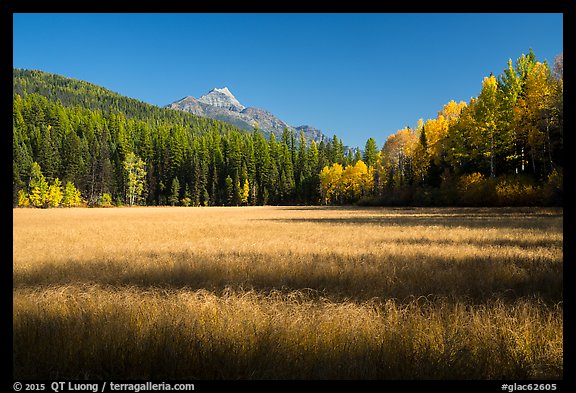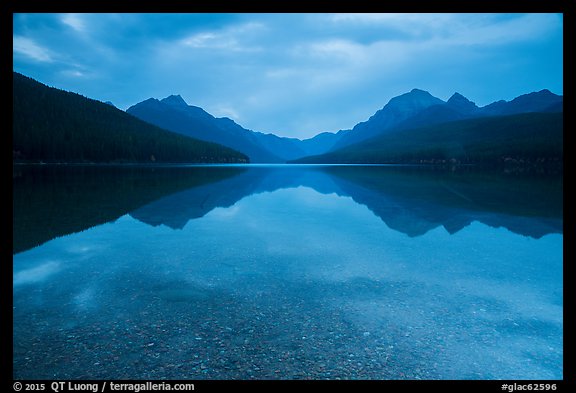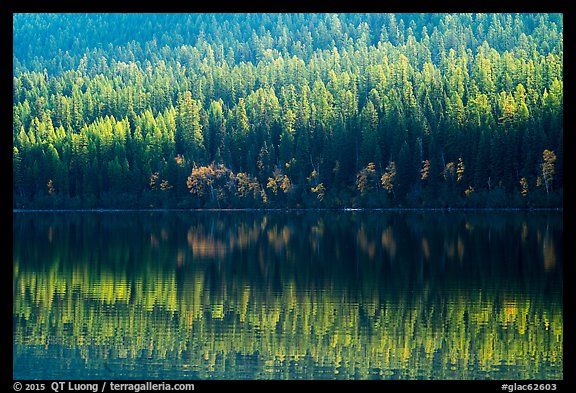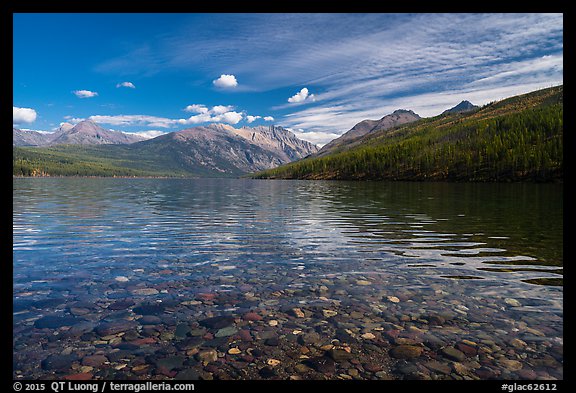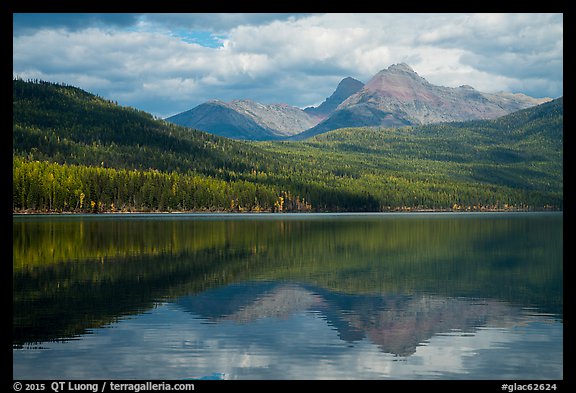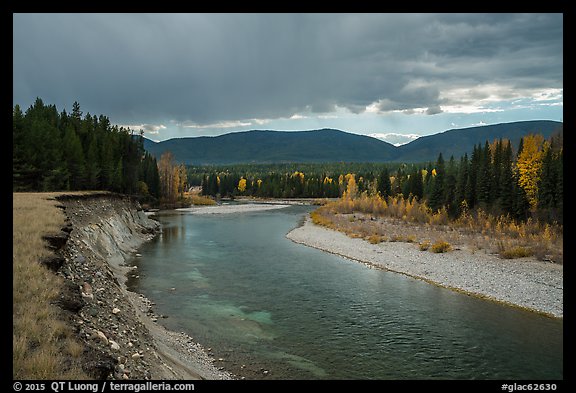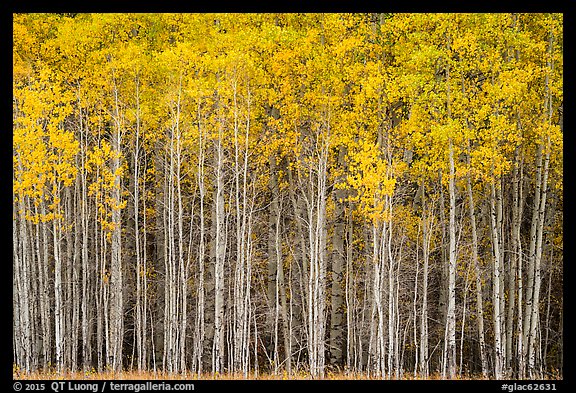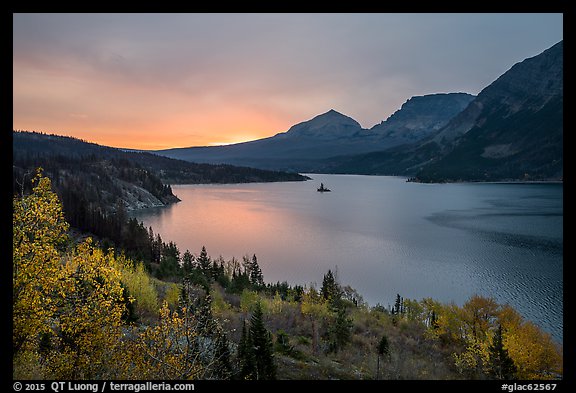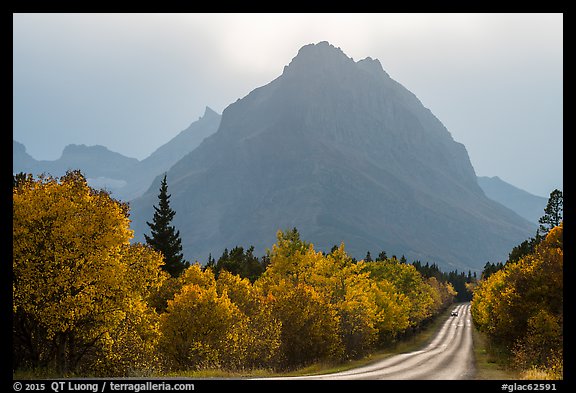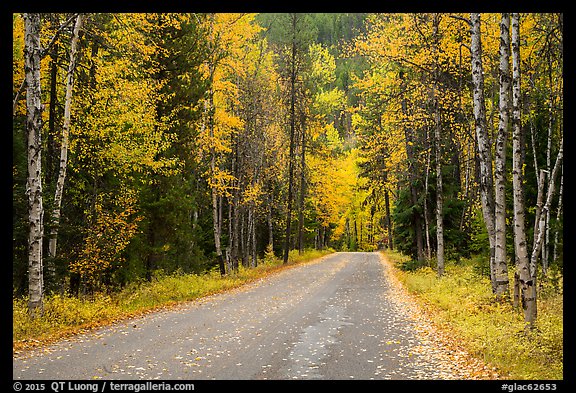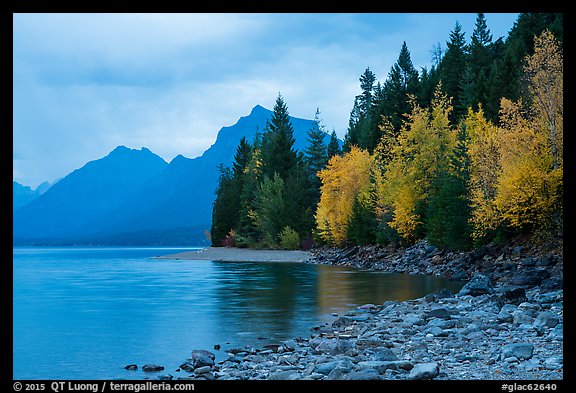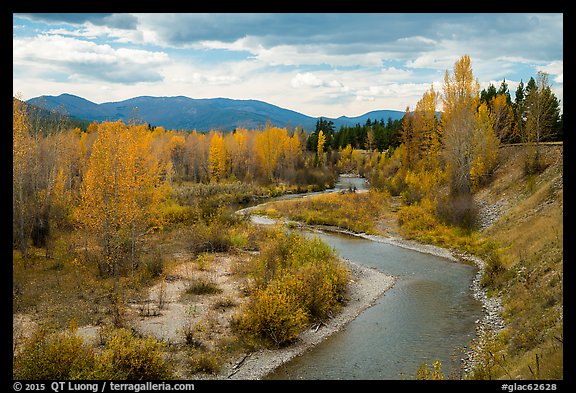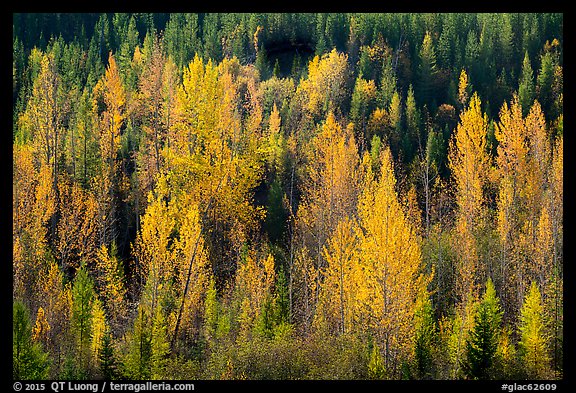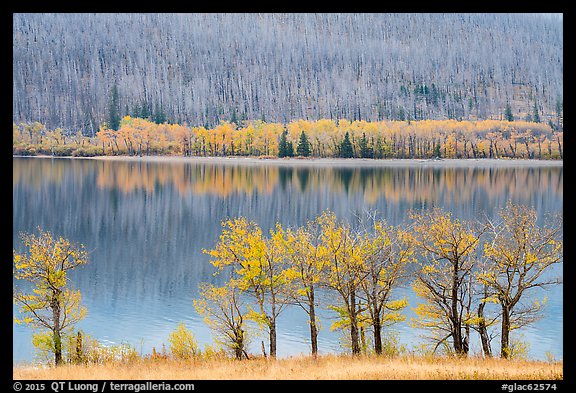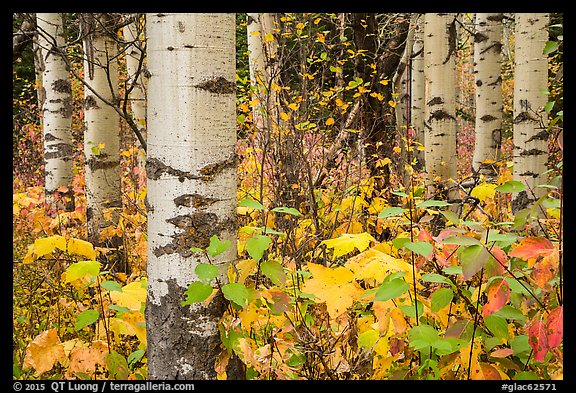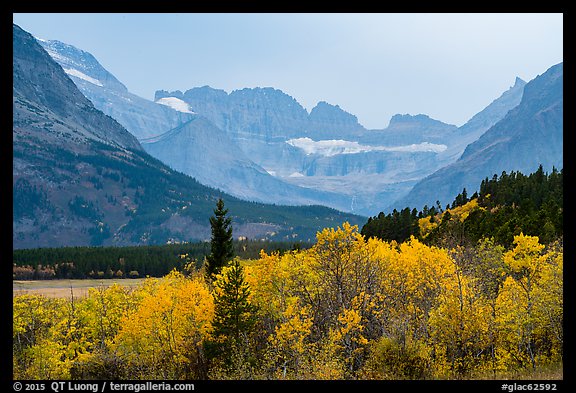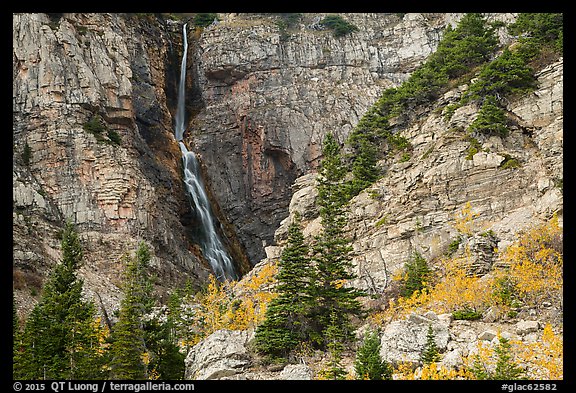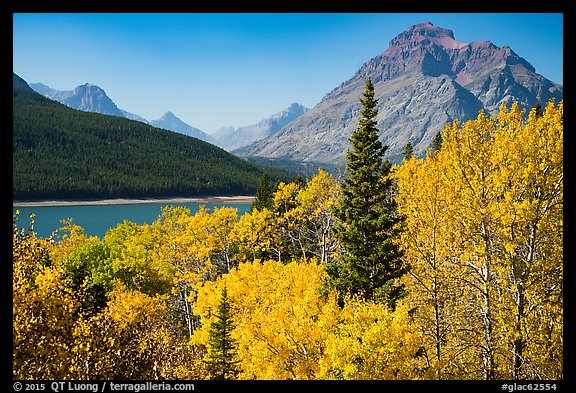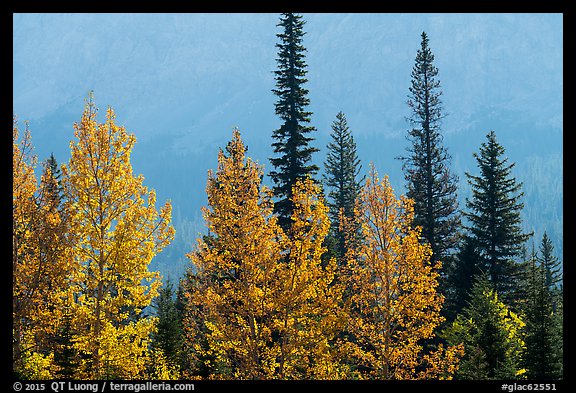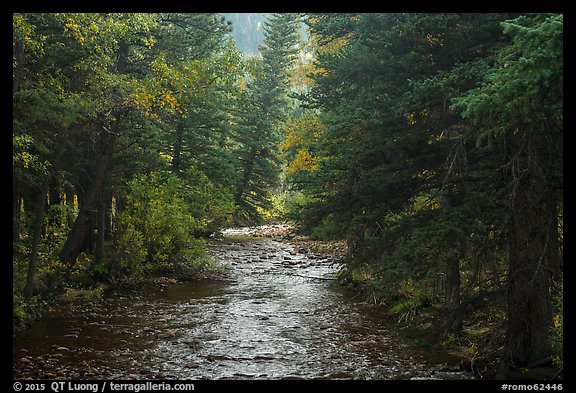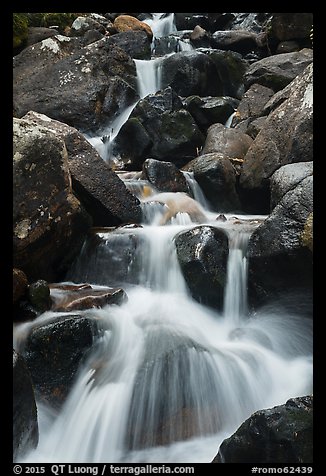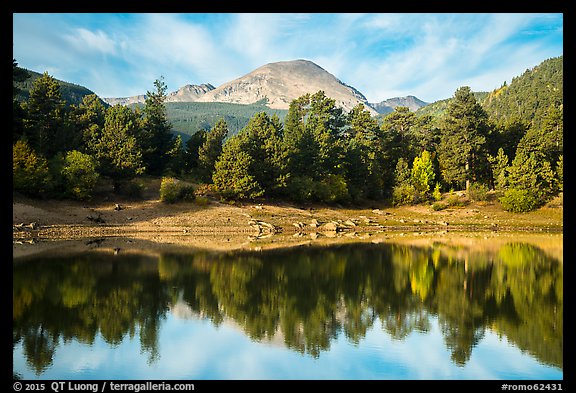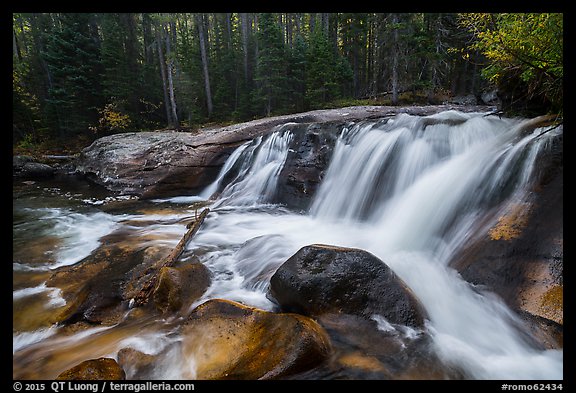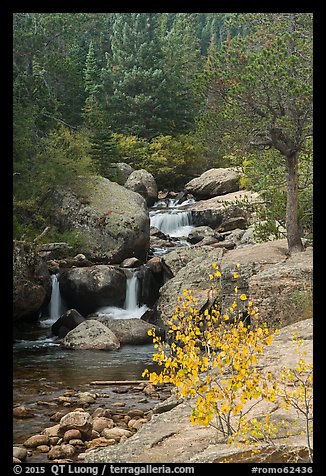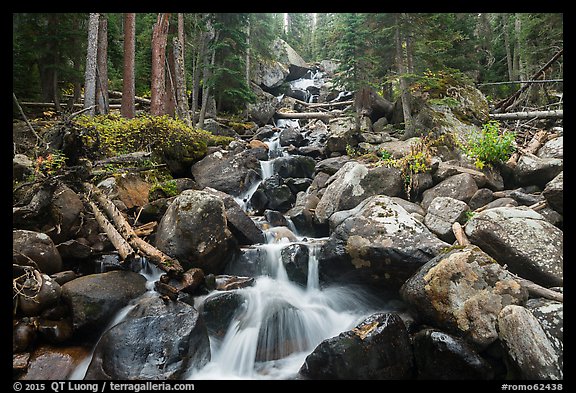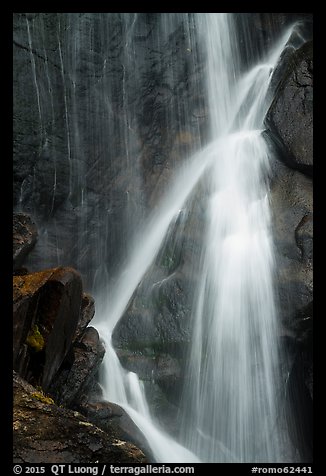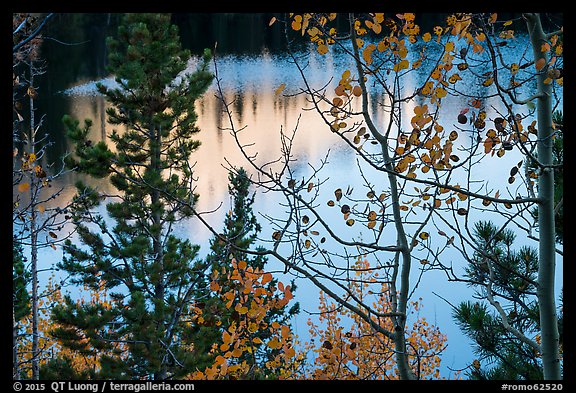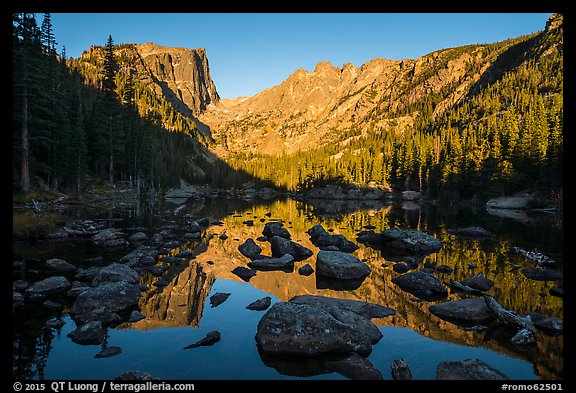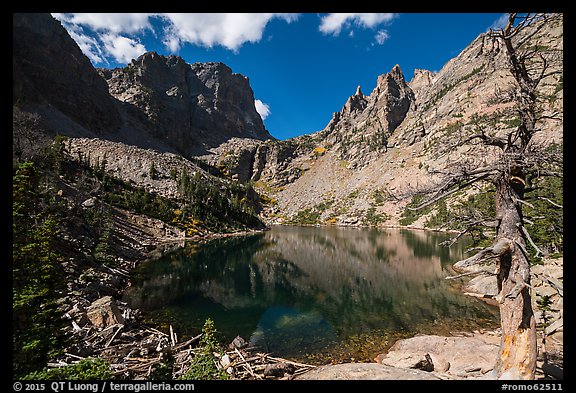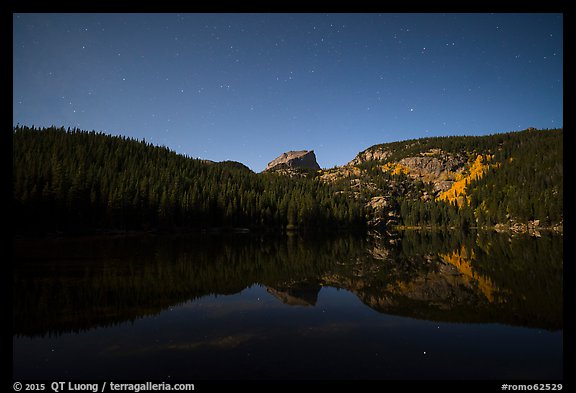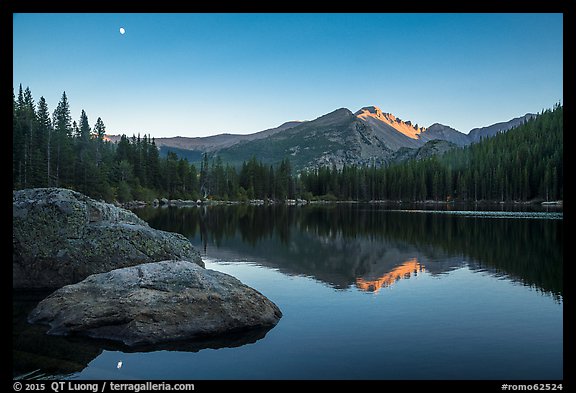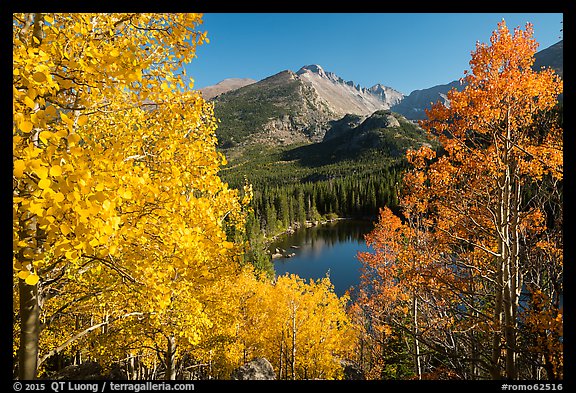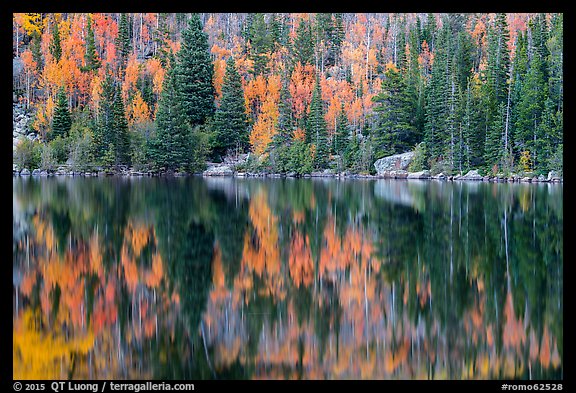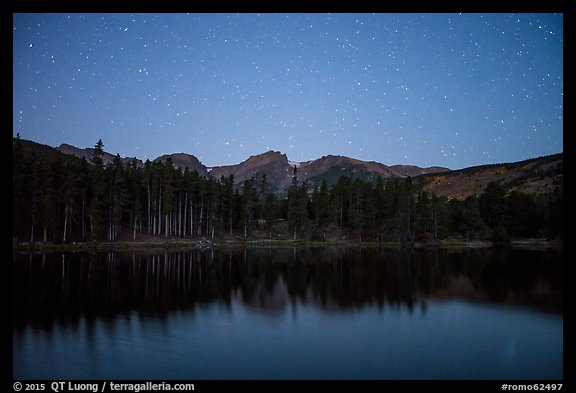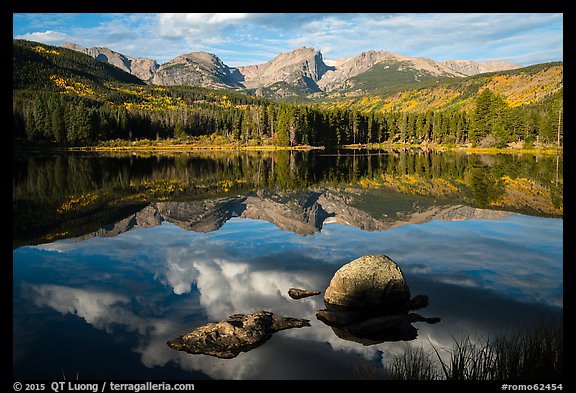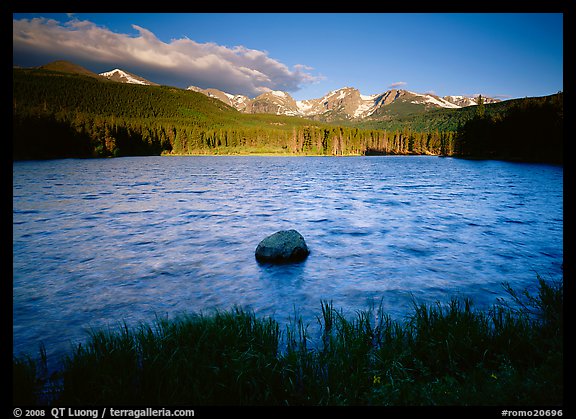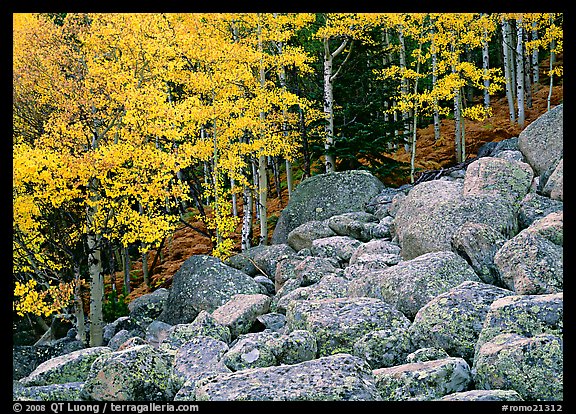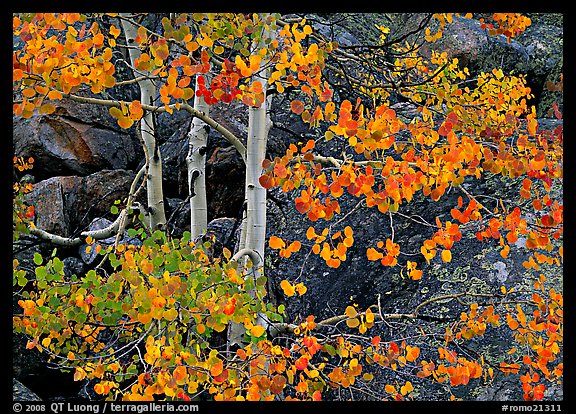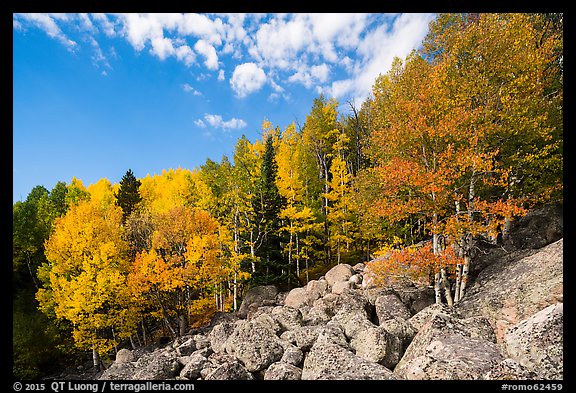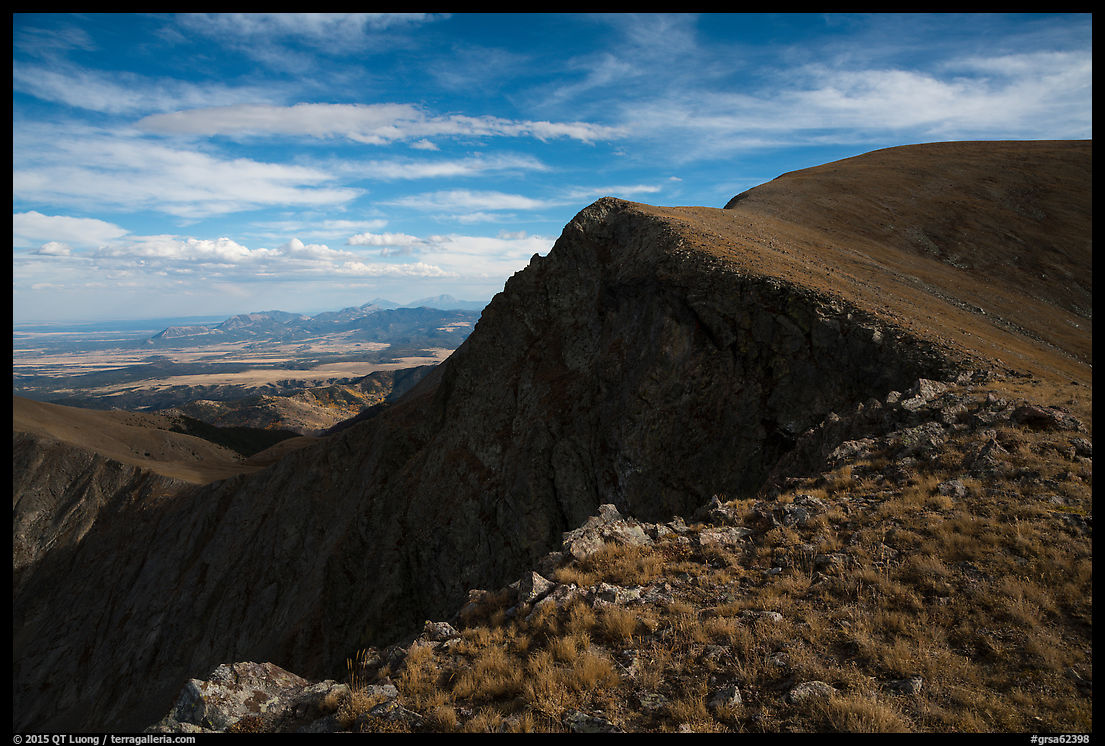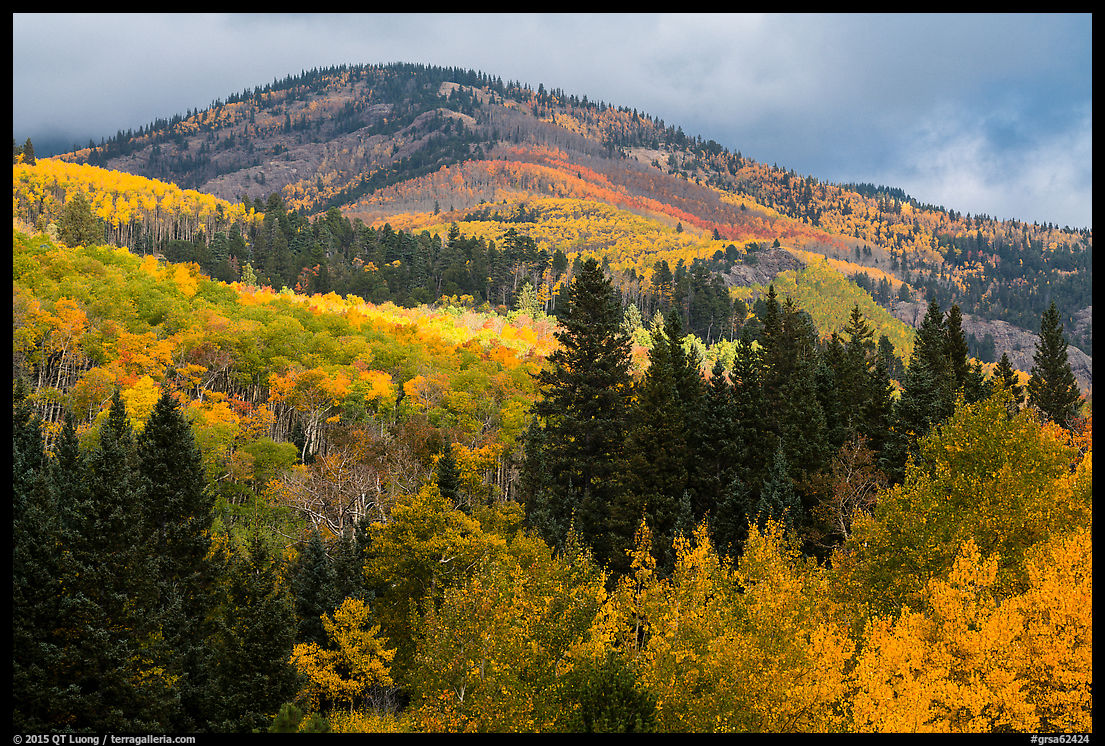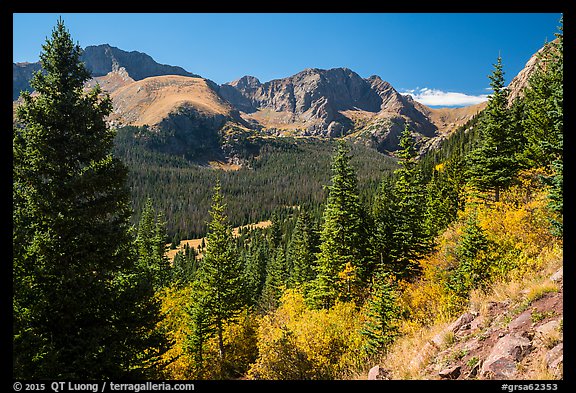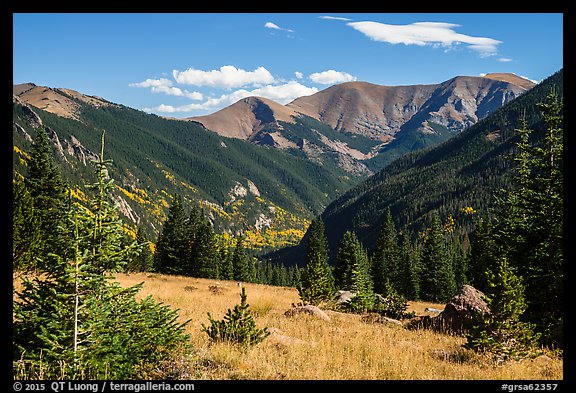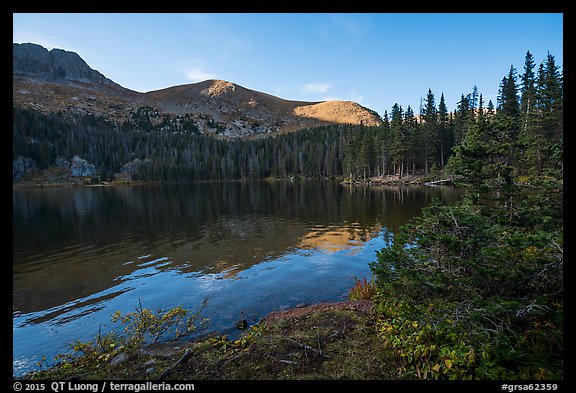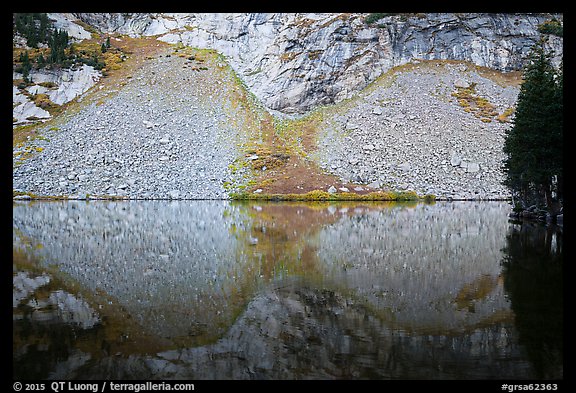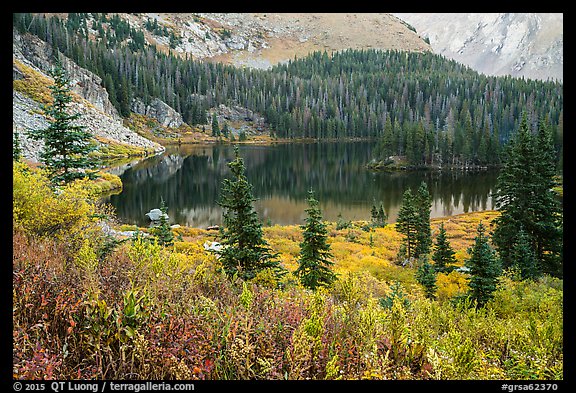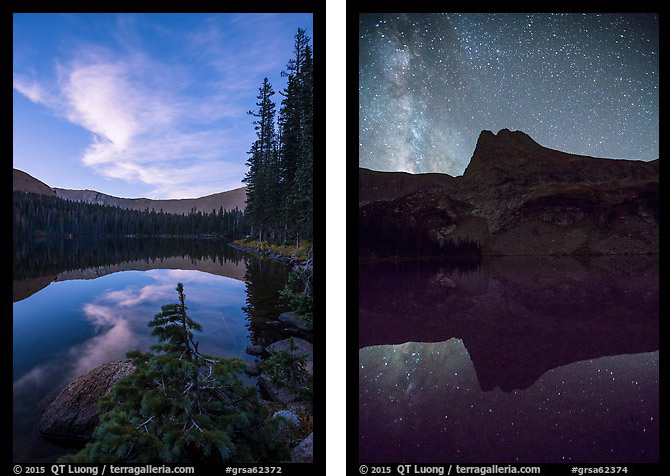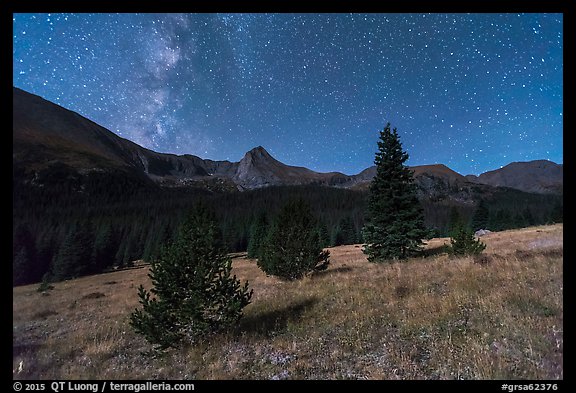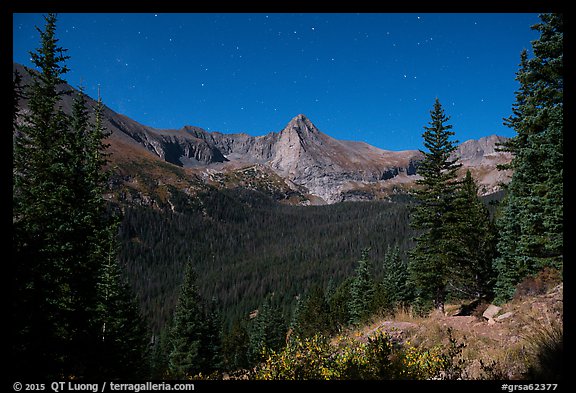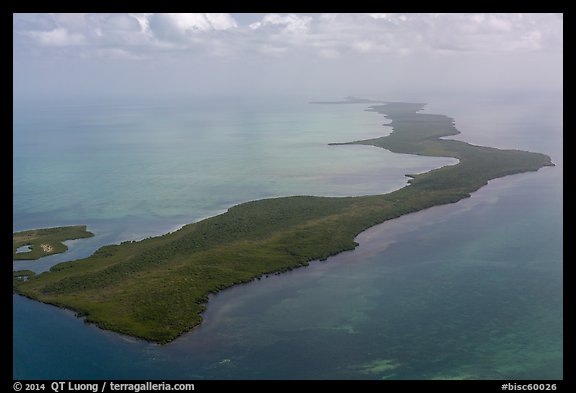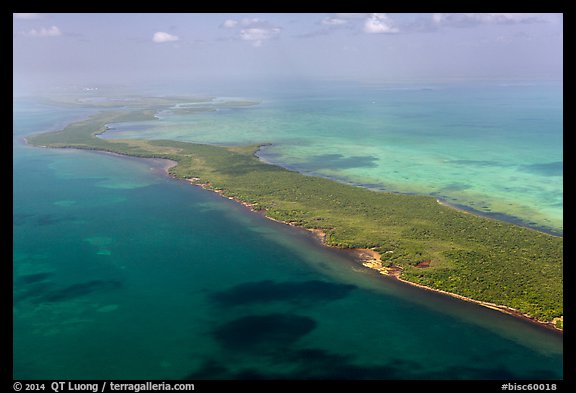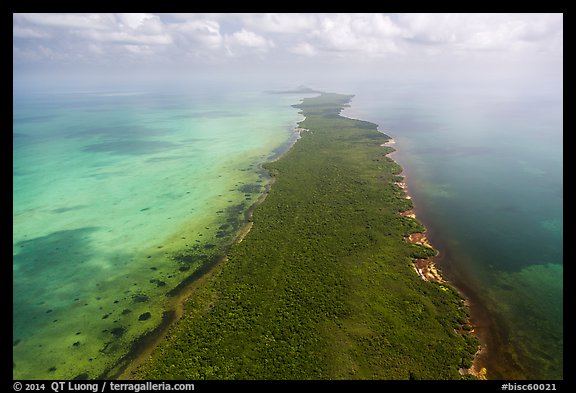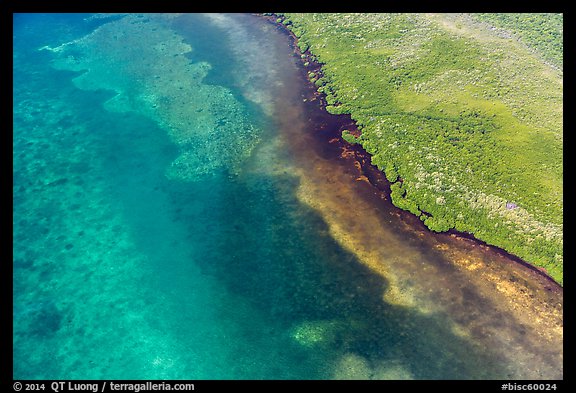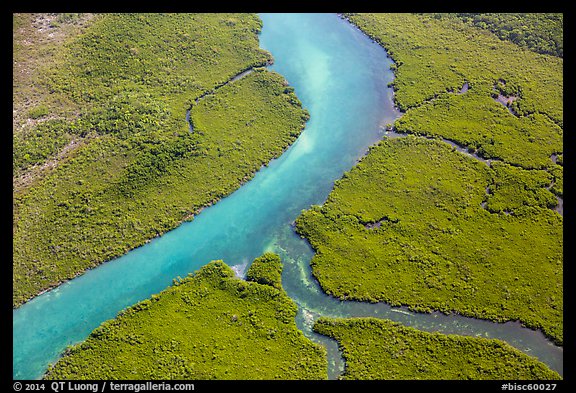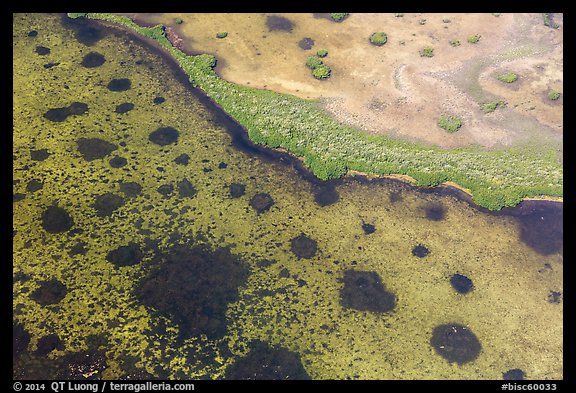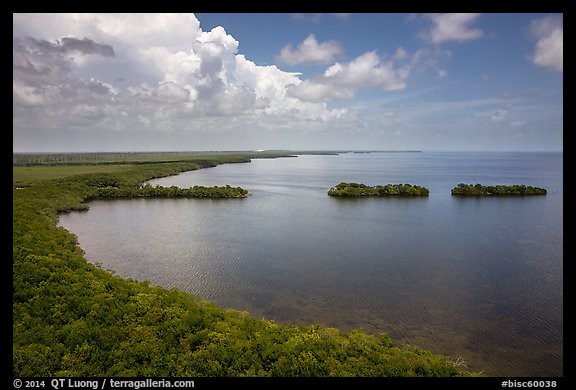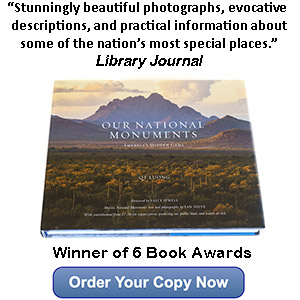Best Photobooks 2015: the Meta-List
The methodology is the same as for my meta-lists of previous years (2012, 2013, 2014). Unlike previous years, I won’t update the 2015 meta-list further. It takes a lot of work, and I am focusing time on my own book. Due to the subject and style, I do not expect it to be included in any of next year’s lists, but I think that a lot of readers will like it.
The meta-list is independent from the grand daddy of lists, the Photo-Eye 2015 Best Photobooks list, which includes 24 lists, and selected 17 titles with 3 or more votes. At this early (and this year, final) stage, the meta-list is quite comparable in size, as it uses 28 lists. In it, 30 titles total 3 or more votes. 10 titles appear in both lists, and the top vote of both lists is the same.
(8 votes)
Moisés. MARIELA SANCARI La Fabrica
(7 votes)
Deadline. WILL STEACY b.frank books
Songbook. ALEC SOTH Mack
(6 votes)
In the Shadow of Pyramids. LAURA EL-TANTAWY Self-published
Until Death Do Us Part THOMAS SAUVIN Jiazazhi Press
(5 votes)
Imperial Courts 1993–2015. DANA LIXENBERG Roma Publications
Life is Elsewhere. SOHRAB HURA Self-published
Missing Buildings. THOM & BETH ATKINSON Hwæt Books
Prophet. GEERT GOIRIS Roma Publications
You Haven’t Seen Their Faces. DANIEL MAYRIT Riot Books
(4 votes)
(in matters of) Karl. ANNETTE BEHRENS Fw:Books
Find A Fallen Star. REGINE PETERSEN Kehrer
Fire In Cairo. MATTHEW CONNORS SPBH Editions
Immerse. DAISUKE YOKOTA Akkina
LDN EI. ANTHONY CAIRNS Self-published
Lago. RON JUDE Mack
Taking off. Henry My Neighbour. MARIKEN WESSELS Art Paper Editions
Taratine. DAISUKE YOKOTA Session Press
(3 votes)
Before the War. ALEJANDRO CARTAGENA Self published
Bottom of the Lake. CHRISTIAN PATTERSON Koenig Books
Good 70s. MIKE MANDEL J&L Books/D.A.P.
Greetings from Auschwitz. PAWEŁ SZYPULSKI Edition Patrick Frey/Foundation for Visual Arts
Kumogakure Onsen (Reclusive Travels). MAZAKAZU MURAKAMI
Modoru Okinawa. KEIZO KITAJIMA Gomma books
Negatives. XU YONG New Century Press
Nude Animal Cigar. PAUL KOOIKER Art Paper Editions
Paper Planes. SJOERD KNIBBELER FW: Books
Shoji Ueda. SHOJI UEDA Chose Commune
Tones of Dirt and Bone. MIKE BRODIE Twin Palms
Wealth Management. CARLOS SPOTTORNO
(2 votes)
10 Days in Kraków. YUANYUAN YANG
A Handful of Dust. DAVID CAMPANY Mack
Albumas. SKUDZINSAS GYTIS Noroutine Books
Anna Konda. KATARZYNA MAZUR Dienacht Publishing
Blank Pages of an Iranian Photo Album. NEWSHA TAVAKOLIAN
Diary. BORIS MIKHAILOV. Walter Koenig
Dirt Meridian. ANDREW MOORE Damiani
Dzogchen. VINCENT DELBROUCK Self-published
Edges of the Experiment. MARIE-JOSÉ JONGERIUS & HANS GREMMEN
Erasure. FAZAL SHEIKH Steidl
I do not want to disappear silently into the night. KATRIEN DE BLAUWER Avarie
Illustrated People. THOMAS MAILAENDER Archive of Modern Conflict/RVB Books
In Search of Lost Memories. HAJIME KIMURA Self-published
Jean-Jaurès. GILLES RAYNALDY Purpose Éditions
Life is One Live it Well. HENRIK MALMSTRÖM Kominek
My Last Day at Seventeen. DOUG DUBOIS Aperture
Occupied Pleasures. TANYA HABJOUQA FotoEvidence
Révélations. JAVIER VIVER RM
Ser Sangre. IÑAKI DOMINGO RM Verlag/La Kursala/Here Press
Silent Histories. KAZUMA OBARA
Southern Rites. GILLIAN LAUB Damiani
Sunless. TIANE DOAN NA CHAMPASSAK
Teleplay, Pt 1. CATHARINE MALONEY Skinnerbox
The Chinese Photobook From the 1900s to the Present. WASSINKLUNDGREN & MARTIN PARR Aperture
The Complete Works. KOU INOSE
The Evolution of Ivanpah Solar. JAMEY STILLINGS Steidl
The encyclopedia of Kurt Caviezel. KURT CAVIEZEL Rorhof
The whale’s eyelash. PRUS TIMOTHY Archive of Modern Conflict Books
Transmission. LUCY HELTON Silas Finch
Unfinished Father. ERIK KESSELS RVB Books
If you are wondering how the meta-list changes as it incorporates more lists, compare the final 2014 meta-list with its initial version, which was posted on Dec 9, 2014, and that I am reproducing below.
(8 votes)
(5 votes)
(4 votes)
(3 votes)
(2 votes)
Hidden Islam. NICOLÓ DEGIORGIS Rorhof
The Epilogue. LAIA ABRIL Dewi Lewis
Will They Sing Like Raindrops or Leave Me Thirsty. MAX PINCKERS self-published
Back to the Future (limited edition). IRINA WERNING self-published
Carpoolers. ALEJANDRO CARTEGENA self-published
Disco Night Sept. 11. PETER VAN AGTMAEL red hook
The Winners. RAFAL MILACH GOST Books
Euromaidan. VLADYSLAV KRASNOSHCHOK & SERGIY LEBEDYNSKYY Riot Books
Linger (Teikai). DAISUKE YOKOTA Akina Books
No Pain. Whatsoever KEN GRANT Journal
Ponte City. MIKHAEL SUBOTZKY & PATRICK WATERHOUSE Steidl
Sequester. AWOISKA VAN DER MOLEN Fw: Books
Trepat. JOAN FONTCUBERTA Éditions Bessard
19.06_26.08.1945. ANDREA BOTTO Danilo Montanari
Anhill (meteorites). AUGUSTIN REBETEZ RVB Books
Centro. FELIPE RUSSO self-published
Congo. PAOLO PELLEGRIN & ALEX MAJOLI Aperture
Does Yellow Run Forever? PAUL GRAHAM Mack
Go There. GEN SAKUMA Roshin books
I. EAMONN DOYLE self-published
Imaginary Club. OLIVER SIEBER GwinZegal and BöhmKobayashi
Italia O Italia. FEDERICO CLAVARINO Akina
Karaoke Sunne. JH ENGSTRÖM & MARGOT WALLARD Super Labo
Land Without a Past. PHILIP EBELING Fishbar
Photographs for Documents. VYTAUTAS V. STANIONI Kaunas Photography Gallery
Pigeons. STEPHEN GILL Nobody
Printed in Germany. CHRISTOPHER WILLIAMS Walther Konig
Red Ball of a Sun Slipping Down. EUGENE RICHARDS Many Voices Press
Red String. YOSHIKATSU FUJII self-published
Reenactment MSf. ARWED MESSMER Hatje Cantz
Rich and Poor. JIM GOLDBERG Steidl
Silent Histories. KAZUMA OBARA self-published
Something like a Nest. ANDY SEWELL self-published
Strange Paradise. CHARLIE RUBIE Conveyor Editions
Syria Al-Assad. OLIVER HARTUNG Spector Books
Taxmonomy of a Landscape. VICTORIA SAMBUNARIS Radius
The Night Climbers of Cambridge. THOMAS MAILAENDER Archive of Modern Conflict
The Plot Thickens. JEFFREY FRAENKEL Fraenkel Gallery
The United States 2003-2013. MOSSLESS MAGAZINE
Tranquility. HEIKKI KASKI Lecturis
Typology. 1979 JOACHIM BROHM Mack
Vertigo. DAISUKE YOKOTA Newfave
Vienna MMix 10008/7000. JULES SPINATSCH Scheidegger and Spiess
Wild Pigeon. CAROLYN DRAKE self-published
